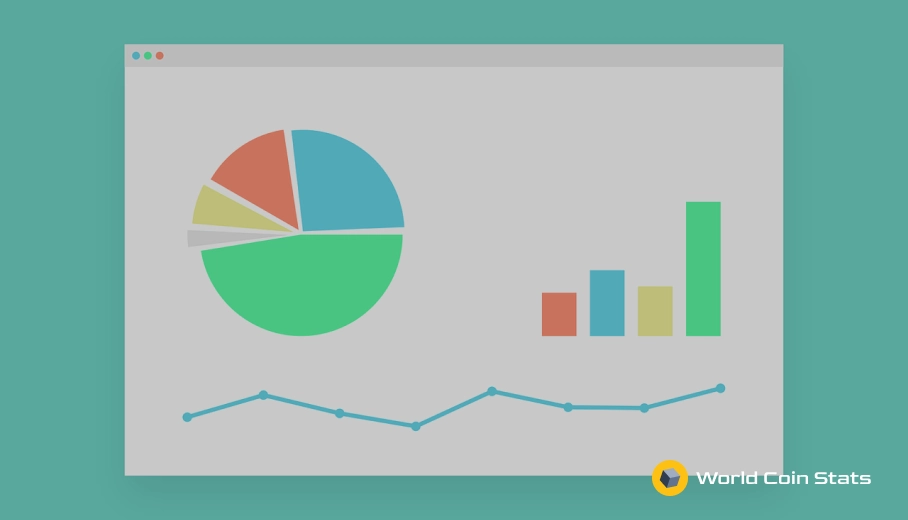Book Value vs Market Value: What’s the Difference?
Successful investors know the importance of keeping an eye on the metrics, especially when assessing a company. The most common metrics used are market value and book value, both of which are helpful at determining a company’s stock value.
In this article, we’re going to share differences between overvalued and undervalued stock and how to tell the difference as an analyst and investor.
What is Book Value?
Book value as it relates to a company’s stock refers to the amount of money that the company would owe its shareholders should it liquidate.
This would be a part of settling its liabilities and the book value of a company is always equal to the company’s total liabilities and assets. Book value can also be referred to as shareholder’s equity. Basically, book value refers to the value of a company based on what’s left from its balance sheet after the assets are stripped of all liabilities.
Investors need to look at a company’s book value according to generally accepted accounting principles (GAAP). These accounting rules state that it’s imperative for hard assets like equipment and buildings to be part of the balance sheet of the company.
This can be an issue if the company in question has appreciated in value because it becomes difficult to re-price assets that are no longer in the same price range that they were when they were initially purchased, therefore they cannot be included in the company valuation.
What is Market Value?
Market value refers to company value based on financial market indicators. A company’s value is determined by multiplying the amount of outstanding market trading shares with the company’s current stock price. This is why market value is referred to as market capitalization.
One example of this would be the Bank of America’s 2017 stock which cost $29.52 at the time giving the company a $301 billion market cap, whereas its outstanding shares amounted to a whopping 10 billion (10,207,302,000).
What is the Difference Between Market Value and Book Value?
An asset’s book value refers to its initial purchase price, taking into account any subsequent changes due to depreciation or damage.
Market value refers to the price that a seller would get if they were to sell the asset in the open market. Oftentimes, there are vast differences between the market value and book value, mainly because the latter is based on the asset’s historical cost. The other one is based on the company’s superficial value and this always varies.
For instance, let’s say a company purchases a machine for $100,000. With a depreciation of $20,000 the same machine will end up with a $80,000 net book value. Should the company sell the machine at $90,000 which is the market price of the asset, then it would gain $10,000 for the sale.
As you can see, market value and book value are two very different things. Net book value is the selling price of the asset, while market price is the price at which it’s ultimately sold. Before the actual sale transaction goes through, it’s practically impossible to determine the difference between market value and book value.
In the case of trading securities, which are known as marketable securities, this is one of the many ways in which a company can track value asset changes over time. That’s because every business is required to continually record holding losses and gains on the securities they hold. This then equates book value to market value.
Now, when book value and market value are very different from one another, it becomes practically impossible to pin down a company’s value.
Why is Book Value Higher Than Market Value?
When it comes to multiple assets, market value is often lower than book value. What this means is that your asset will cost less than its original price.
For instance, if you’re selling a car that you originally bought for $15,000 and depreciated $2,000 for just $7,000.
It’s not uncommon for a car to have a lower market value than its book value. This means that even if you put money into your company, this won’t be evaluated in the context of the current market.
Is Market Value or Book Value Higher?
When a company has a lower book value than its market value, it usually means that it has lost investor confidence. This means that the market doesn’t believe that the company has enough future earnings to justify its book value. Investors may instead look for a company with a higher book value than its market value in the hopes that there has a been a glitch in the market valuation system.
For instance, the market value of Bank of America was considerably lower than its book value during the Great Recession. But, the economy as well as the bank itself, recovered after the last economic crash which means the company is no longer trading at a discounted market value to book value ratio.
However, when the market gives the company a higher value because of its assets and earning power, then it reflects in the company having a higher market value to its book value. Companies that realize high profits on a consistent basis tend to have greater market value due to heightened investor value in the company’s ability to grow its earnings and generate revenue.
Now, when a company’s market value is equal to its book value, the market sees it as a balanced scale and the assumption is that its assets are equal to those stated on the balance sheet.
How Do You Calculate Market Book Value?
A company is seen as “overvalued” when it’s trading at a higher market value in comparison to its book value per share. If the company has a higher book value than its market value, then it’s undervalued. Analysts use the book-to-market ratio to calculate the company’s book value, also referred to as its net asset value.
A company’s book value is determined by its historical cost which is based on its balance sheet. It’s possible to calculate book value by subtracting intangible assets, preferred shares and total liabilities from the company’s total assets.
This gives us the company’s remaining assets if it were to go out of business. Certain analysts hold that it’s possible to determine total shareholder’s equity based on balance sheet and use that as the company’s book value.
To determine a publicly-traded company’s market value, one would have to look at its market capitalization which is made up of the current share price multiplied by the total number of outstanding shares.
Market value refers to the amount that investors are going to pay for and sell the stock in the public market. Because a company’s market value is dependent on market supply and demand, it’s not always reflective of the actual company value.
Conclusion
It’s important to understand market value and book value when trying to understand a company’s financial strength. Investors compare a company’s market value to its book value in order to determine the company’s ability to generate revenue, the valuation of its assets and liabilities.
But, one must realize that market value and book value are not the be all and end all of financial metrics. There are other methods to measure business value.




